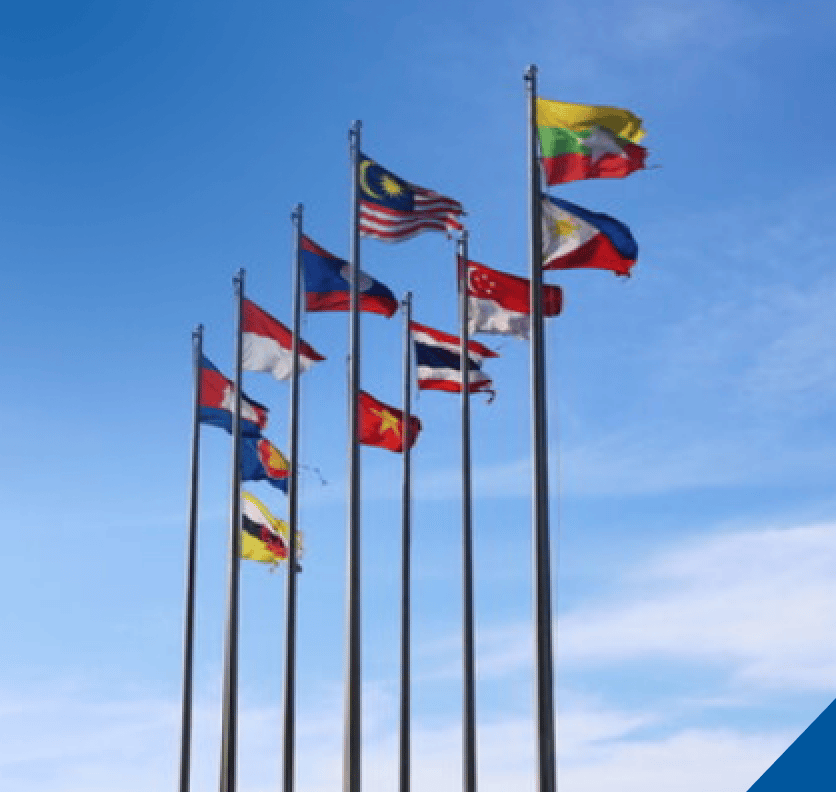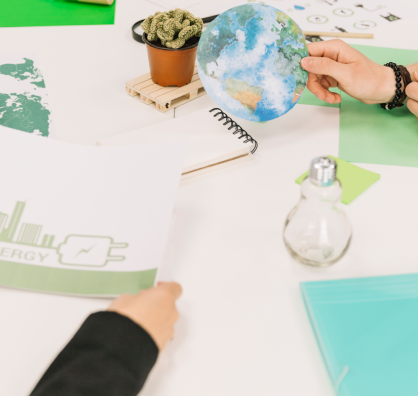[vc_row css=”.vc_custom_1565542682041{margin-right: 0px !important;margin-left: 0px !important;}”][vc_column css=”.vc_custom_1565542696462{padding-right: 0px !important;padding-left: 0px !important;}”][/vc_column][/vc_row][vc_row css=”.vc_custom_1565542751414{margin-right: 0px !important;margin-left: 0px !important;}”][vc_column width=”1/4″][/vc_column][vc_column width=”1/2″ css=”.vc_custom_1565622195563{padding-bottom: 50px !important;}”][vc_column_text el_class=”title-event”][post_title][/vc_column_text][vc_column_text el_class=”date-venue-news”][post_date][/vc_column_text][vc_column_text el_class=”text-par-news”]To advance Southeast Asia’s efforts in transitioning its energy system to the cleaner version through its energy blueprint, the ASEAN Plan of Action for Energy Cooperation (APAEC), ASEAN Centre for Energy (ACE) developed an initiative to carry out one of the APAEC’s action plans, which is to promote the role of Clean Coal Technology (CCT) and the Carbon Capture, Utilisation, and Storage (CCUS) towards the energy transition and low carbon economy. As part of this initiative, ACE organised a public webinar on 13 August 2021, focusing on the Role of CCUS in Low-Carbon Development in ASEAN. The objectives of the webinar are to increase the awareness of CCUS roles in developing low-emission energy development in ASEAN and promoting low-carbon development energy innovations.
To begin with, Dr Nuki Agya Utama, the Executive Director of ACE, commenced his opening remarks by expressing his anticipation for this webinar to ensure the next step in enhancing the CCUS development in the ASEAN region. Followed by Mr Abdul Razib Dawood, the Chief Executive Officer of Energy Commission Malaysia and ASEAN Forum on Coal (AFOC) Chairman. He emphasised the urgency to find new tools in combating climate change. Developing and implementing the CCUS technology within the ASEAN countries will lead the region to become more decarbonised, hence becoming more sustainable.
The webinar continued with the keynote speech delivered by Prof. Ir. Tutuka Ariadji, M.Sc., PhD, IPU, Director General of Oil and Gas, Ministry of Energy and Mineral Resources Indonesia, on behalf of H.E. Mr Arifin Tasrif. He represented the Government of Indonesia in disseminating the country’s strategies to the future low carbon economy through the utilisation of CCUS.
He mentioned how Indonesia is committed to transitioning its energy system through CCUS by strengthening cooperation on CCUS between countries, establishing the National Center of Excellence for CCS and CCUS, preparing detailed policy regarding CCUS, and many more.
After the keynote speech, the webinar continued with a moderated panel discussion, led by Mr Beni Suryadi, Manager of Power, Fossil Fuel, Alternative Energy, and Storage (PFS) Department of ACE and as Project Manager of ASEAN Climate Change and Energy Project (ACCEPT).
The first panellist was Mr Juho Lipponen as the Coordinator of the Clean Energy Ministerial CCUS Initiative. He explained that the key to accelerating carbon capture development is to work together with the industries and organisations. There are several opportunities to accelerate the growth of carbon capture by continuing to implement emerging policies and ambitions, resetting strategic narratives, and speed up project development. He also mentioned how collaboration remains critical for each country.
Moving on to the CCUS Expert from International Energy Agency (IEA), Mr Adam Baylin-Stern, he talked about the opportunities for CCUS in Southeast Asia. He analysed that the CCUS technology will pick up strongly in ASEAN, particularly for its clean energy pathways. The technology is projected to be captured at the very least 35 megatonnes of carbon dioxide by 2030. He eventually mentioned that sharing infrastructure and financial investment would also help the Southeast Asia region to achieve its ambitious CCUS deployment targets in the coming years.
Mr Evy Haryadi, as Corporate Planning Director of PT PLN, Indonesian State-Owned Electricity Company, then continued by sharing PT PLN’s strategy and readiness in entering the energy transition era with CCUS. He explained two initiative scenarios to achieve decarbonisation: Coal-Fired Power Plants (CFPP) retirement and PT PLN’s power plants entirely use clean energy by 2060. The second one is CFPP with CCUS by operating its technology in 2035. The readiness on CCUS utilisation has been proven from several studies that it is technically feasible, but CCUS is not economically feasible to implement with current Indonesia’s policy. Therefore, many challenges must be faced.
As the Supervising Research Specialist at the Energy Policy and Planning Bureau, Department of Energy Philippines, Ms Marietta M. Quejada continued the session. She shared the policies plans and programs of CCUS in the Philippines, such as boosting indigenous energy production, installing additional capacities, promoting consumer welfare and expediting investment, and strengthening partnerships locally and internationally.
In addition to the four panellists, Beth (Hardy) Valiaho, Vice President, Strategy and Stakeholder Relation of the International CCS Knowledge Centre, also presented about experience and lessons learned from Boundary Dam in Canada, the world’s first fully integrated and full-chain carbon capture and storage (CCS) facility on a coal-fired power plant.
She discussed the CCS feasibility studies from several collaborations, planning of design, construction, and operation by understanding the real value through continuous CCS advancements on real applications and engaging with financiers, decision-makers, and business case partners.
The panel discussion started with questions from the moderator to all panellists concerning the financial aspect of CCUS, considering that ASEAN still relies on external fundings from outside the region. Mr Juho Liponnen said that the key is to discuss the policies implemented, investigate the storage, and ensure that the CCUS project is bankable, such as obtaining technical assistance from Asian Development Bank (ADB). Mr Adam Baylin-Stern responded by underlining the importance of financial investment from the government’s regional loan, international public finance institutions, etc., which will accommodate the global development of CCUS.
Mr Evy Haryadi replied that adapting this CCUS technology needs to be clear whether it is assigned by the government or the corporate. Corporate action will be lean towards business; therefore, the costs will need to be calculated to get revenue. However, if CCUS adoption is mandated from the government, the costs will be covered by transferring subsidies and compensation.
Responding to the same question, Ms Marietta M. Quejada answered from the Philippines’ government’s point of view. She stated that currently Philippines’ power sector is liberalised. Hence all financing is borne by the private sector. The government’s main task is to fully support the development through policy support such as fiscal incentives in terms of financing the CCUS investors.
To conclude the webinar, Mr Beni Suryadi invited all panellists to share their final statements regarding the role of CCUS in low-carbon development in ASEAN. Commencing with Mr Juho Lipponen, he believed that CCUS is the emerging technology that everyone needs. Analysing the plan of CCUS’s impact is the first necessary step for the ASEAN countries before implementing it son.
Mr Adam Baylin-Stern thought the regional cooperation in storage development and implementing the CCUS regulatory framework for the financial investment would be the ideal next step for further region’s plan. Mr Evy Haryadi stated the affordability issue is one of the crucial factors that affect deployment in Indonesia. Without innovation and incentives, probing CCUS into PT PLN’s system would be challenging given that it will interfere with the affordability of the Indonesian community and the government itself.
Lastly, Ms Marietta M. Quejada mentioned how the Philippines’ electricity is still significantly relying on coal power plants because the high cost of CCUS seems hard to be afforded by the country. However, the Philippines can utilise CCUS technology for its long-term strategy towards low-carbon development.
Read more reportage[/vc_column_text][/vc_column][vc_column width=”1/4″][/vc_column][/vc_row]











